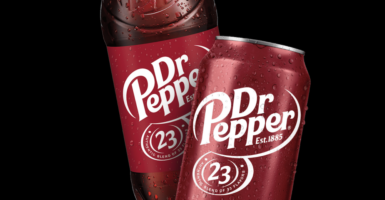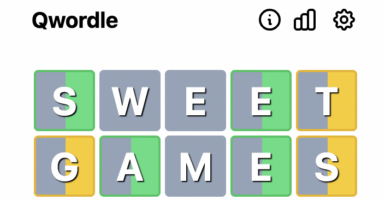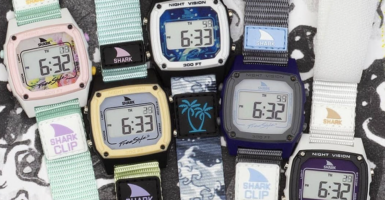Missing WWII Submarine From 1944 Discovered
Picture this: It’s World War II, and a U.S. Navy submarine vanishes into thin air, taking its 80 brave crew members with it. But Tim Taylor and his crack team of researchers weren’t about to let this mystery remain unsolved.
Armed with cutting-edge technology, they set out to uncover the truth. And just when it seemed like all hope was lost, a stunning discovery in the footage sent them racing back to the depths to uncover the shocking truth. Read on to learn about this fascinating story.
The USS Grayback Submarine Was Reported Missing in 1944
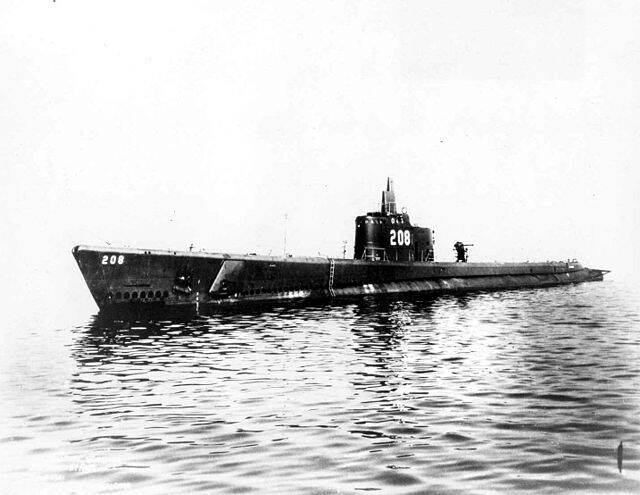
The U.S.S. Grayback, also known as the S.S. -208, was a submarine of the United States that mysteriously disappeared in 1944. Presently, ongoing efforts are underway to locate the vessel as part of the Lost 52 Project, an initiative focused on finding the 52 submarines that went missing during World War II.
Sadly, the Grayback was reported as missing towards the end of March in 1944.
The Submarine Successfully Sunk To Enemy Freighters Before Disappearing
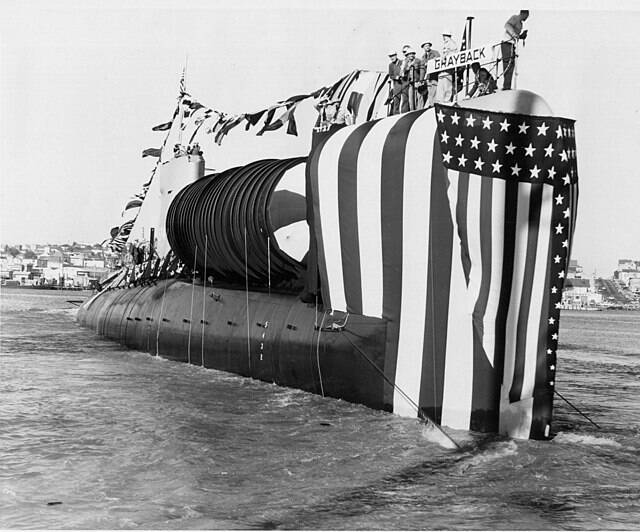
Embarking on its tenth and final combat mission of World War II, the USS Grayback departed Pearl Harbor on January 28, 1944. Prior to vanishing, the submarine had sent a series of triumphant messages to its base, confirming the successful sinking of two enemy freighters, the Toshin Maru and Taikei Maru, on February 24th.
The unexpected loss of the Grayback took everyone by surprise, as there had been no forewarning that this would mark the submarine’s final voyage.
The USS Grayback Sent One Final, Triumphant Message
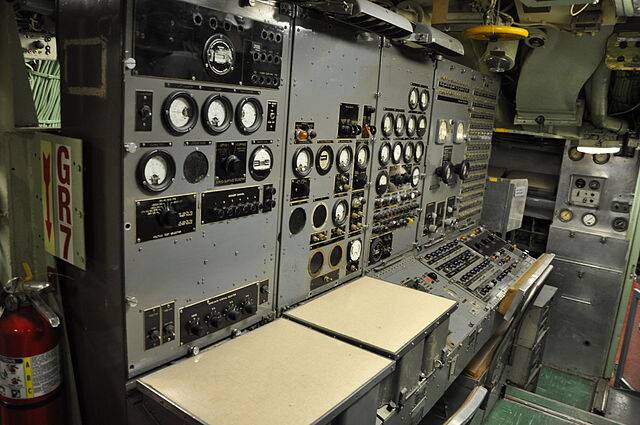
Following their earlier successful reports, on February 25, 1944, the USS Grayback’s crew transmitted another message of triumph, declaring the destruction of the Asama Maru, a Japanese submarine predominantly employed as a troop carrier. Additionally, they conveyed the sinking of the Napo Maru tanker.
Regrettably, subsequent to this final report, no further messages of victory were received. The submarine had to make its way to Midway Atoll in the North Pacific for resupply, as their remaining arsenal consisted of only two torpedoes.
The Submarine Never Arrived At Its Destination
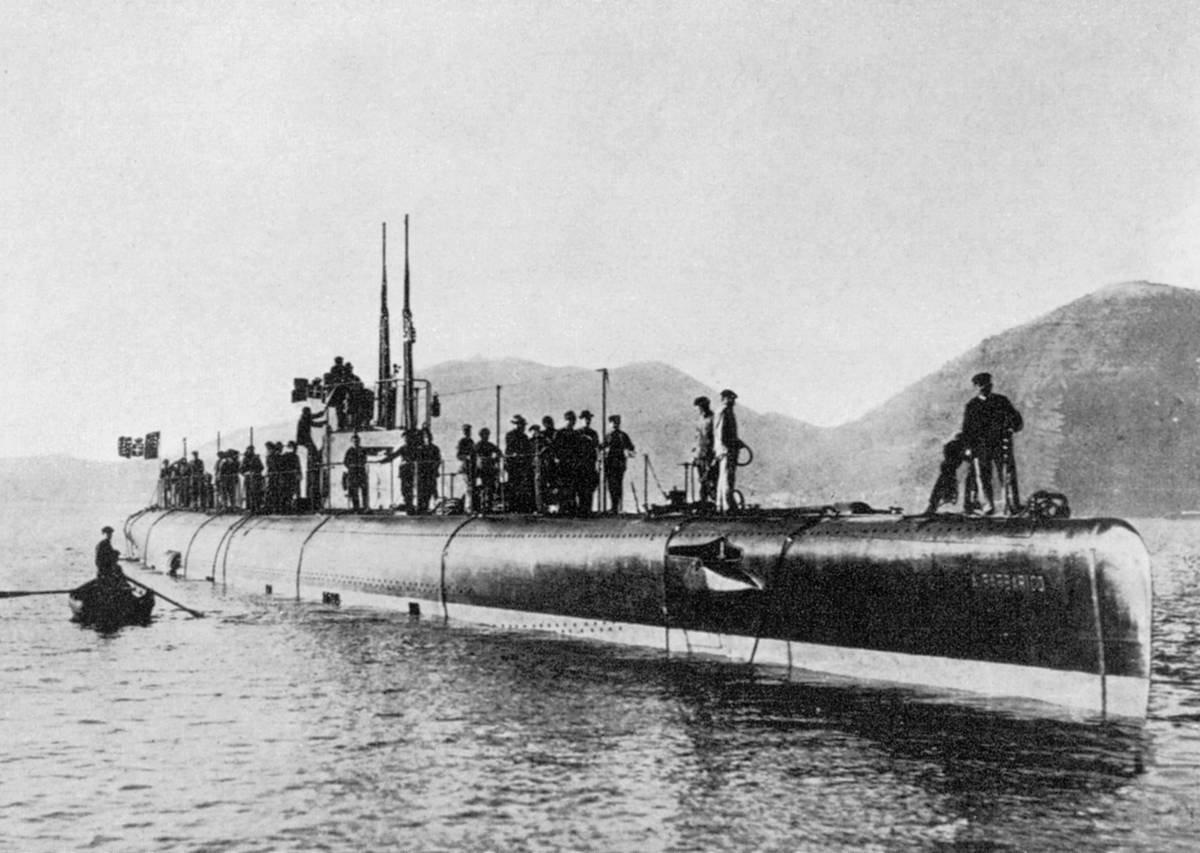
The message received on February 25 was the final communication received from the Grayback. Based on the location when they sent their last message, it was expected that they would reach the resupply station by March 7.
When the submarine failed to arrive at their expected destination at Midway Atoll three weeks later, the situation grew increasingly concerning. Finally, the vessel was reported missing on March 30, 1944.
Building The Submarine Was Not An Easy Feat
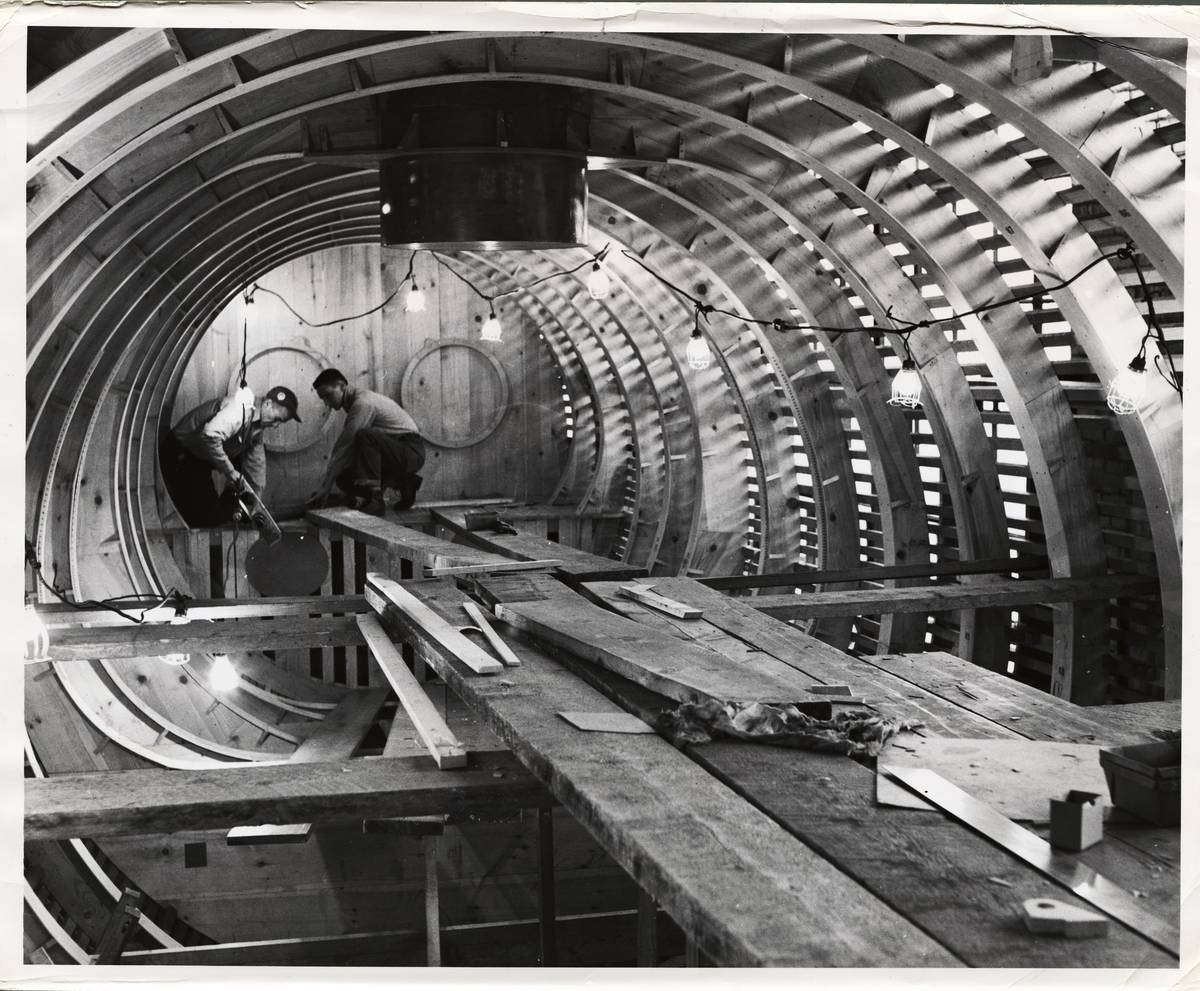
The construction of the U.S.S. Grayback began on April 3, 1940 at the Electric Boat Company in Groton, Connecticut. The Electric Boat Company, known for its skilled workers and engineers, was an ideal choice for building the submarine.
The company has a long history of building submarines, dating back to the U.S.S. Holland, the first US Navy submarine, built in 1899. Additionally, during World War I, the company played a significant role in the United States and United Kingdom’s naval efforts, with a total of 85 submarines built.
Multiple Submarines Manufactured For WWII
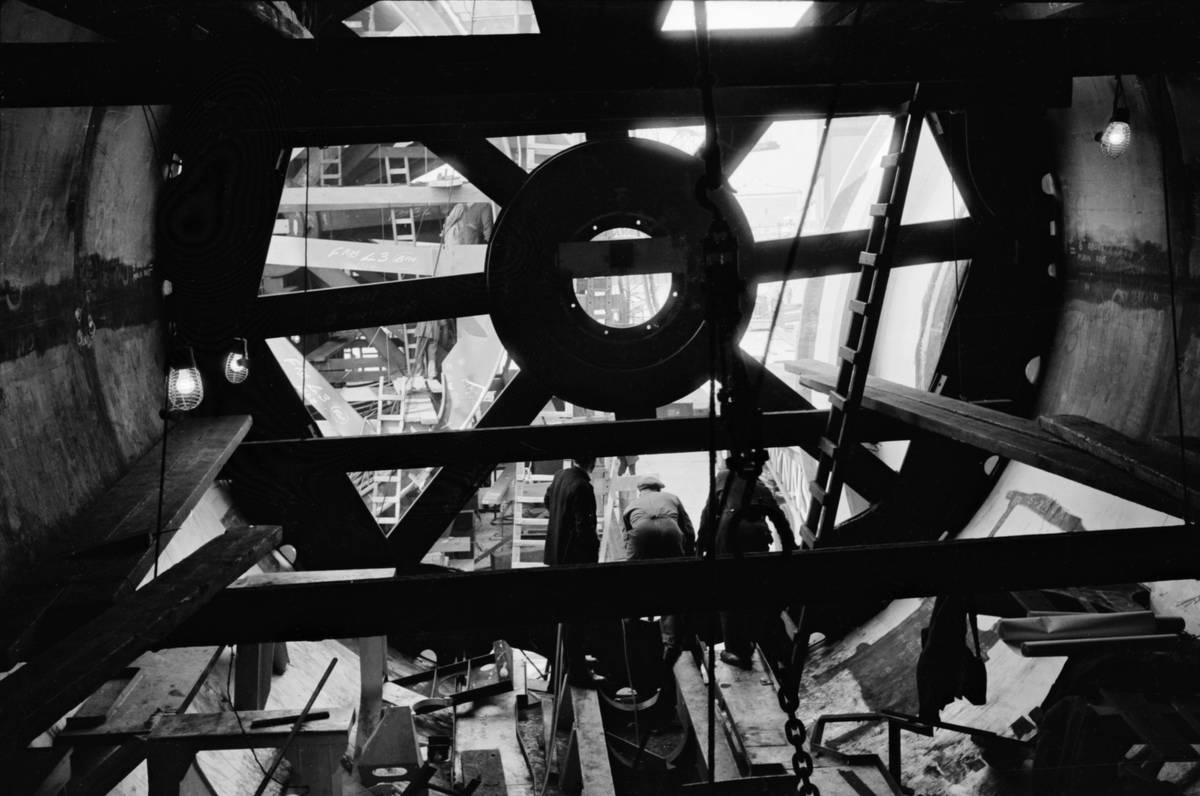
During World War II, the Electric Boat Company was tasked to build 74 more submarines, including the Grayback. The Grayback was a Tambor-class vessel, and one of the 12 built by the company, with 7 of them destroyed during World War I.
The other Tambor submarines were later withdrawn from operation, but the Grayback went missing before it could be recalled, like the others.
The Grayback Was An Impressive Vessel
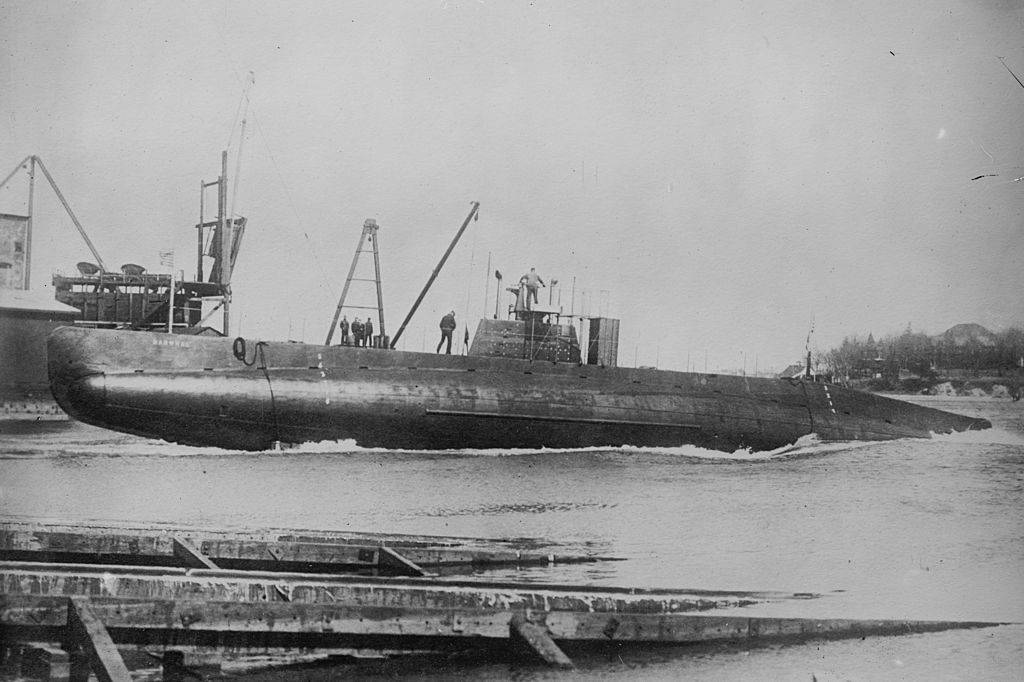
The Grayback was designed to measure at a length of 300 feet from stern to stern, with the ability to submerge to a maximum of 2,410 tons of pressure beneath the waves.
Furthermore, the width of the boat measured 27 feet and had a surface speed of 20 knots and an underwater speed of just under nine knots. On top of that, the Grayback could impressively remain submerged underwater for up to 48 hours, covering many miles.
It Ran On Diesel
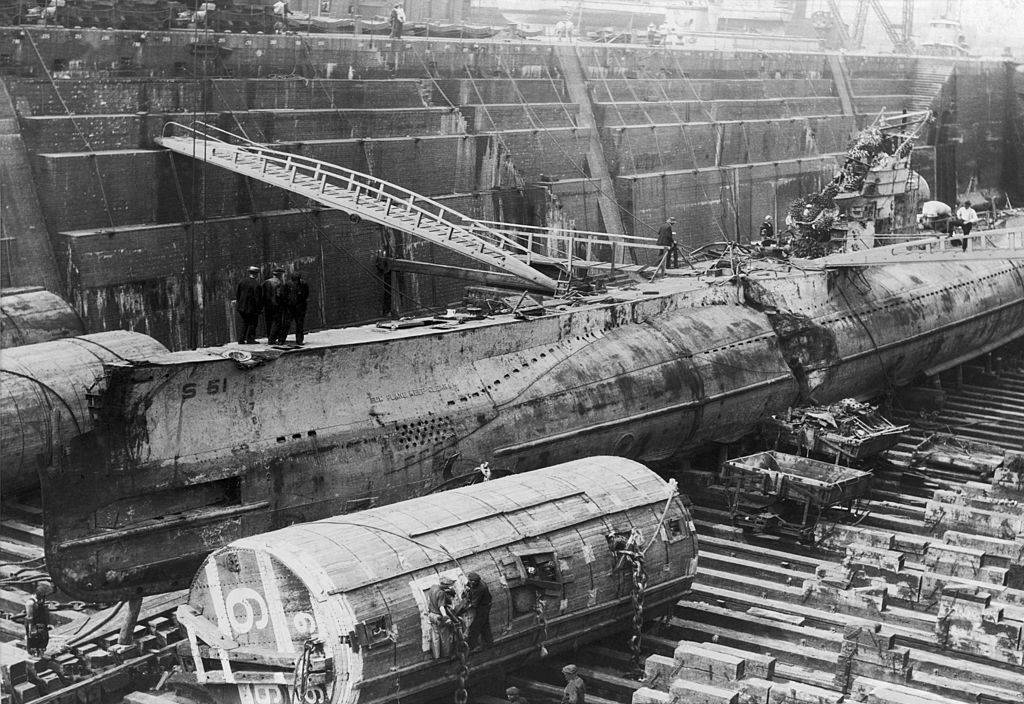
Four electric motors drove the propellers of the submarine that was also operated by diesel engines that allowed the submarine to go to a diving depth of up to 250 feet.
Unfortunately, the submarine was over capacity when it was lost at sea. It was designed to fit a crew of 54 enlisted men and six officers. On its final voyage in February 1944, it had a crew of 80 men.
It Was Designed For Warfare
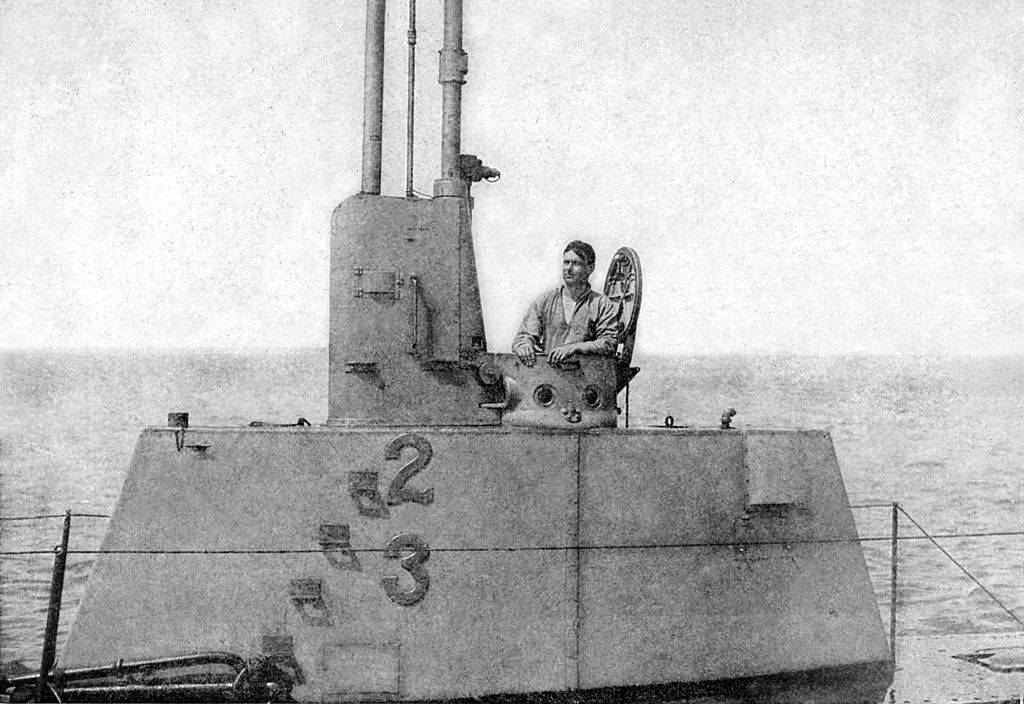
On top of its ability to travel fast and deep beneath the water, it was also equipped for battle. The Grayback was fitted with ten 21-inch torpedo tubes with six located towards the bow and four at the stern.
Furthermore, the ship had a 50-caliber gun, Oerlikon 20mm cannons, and Bofors 40mm, which lined the deck. The weapons were designed to provide both defense and attack abilities both beneath the water and when it surfaced.
It Was Ready For Battle In No Time
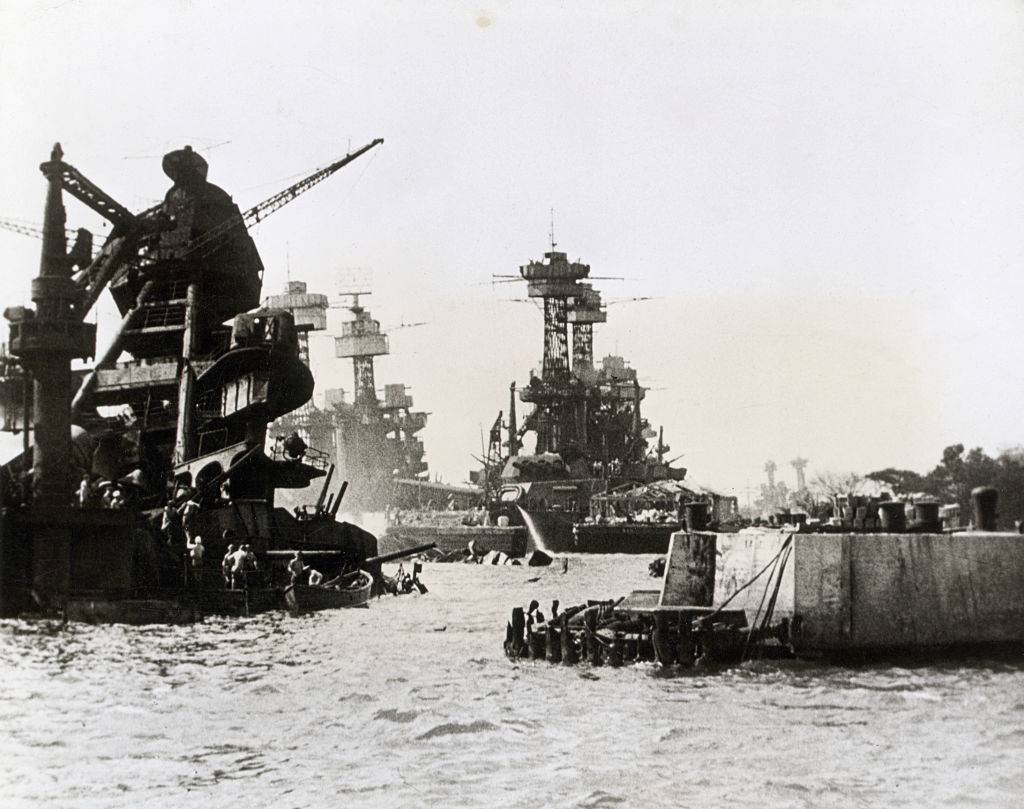
Just ten months after the vessel’s construction was completed by the Electric Boat Company, Rear Admiral Wilson Brown’s wife personally announced the launching of the Grayback on January 31, 1941.
The submarine was then commissioned into the United States Navy on June 30 that same year. This was just five months before the United States declared war on Japan after the attack on Pearl Harbor which took place on December 7, 1941.
It Was Put On Patrol
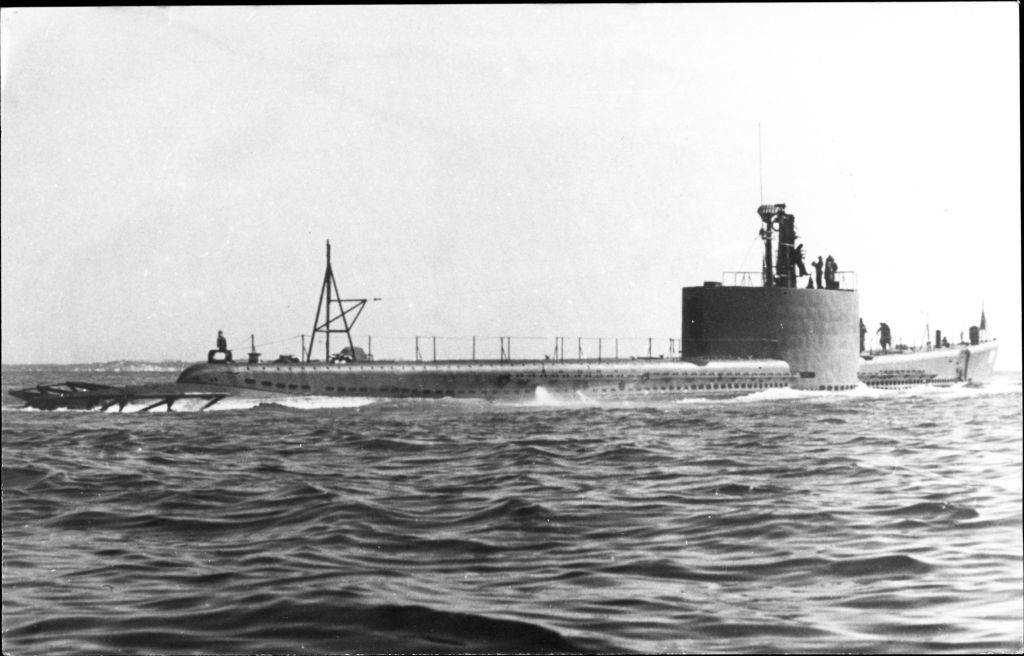
After being brought into the United States Navy, the submarine fell under the command of Lieutenant Willard A. Saunder on Long Island Sound. Its initial voyages were used as a test to see the submarine’s capabilities were and for its crew to get a feel for her and learn all of her technical aspects.
Once everyone on board was comfortable running the ship, the Grayback went on patrol, where she covered parts of the Caribbean and the Chesapeake Bay in September 1941.
Preparing For War
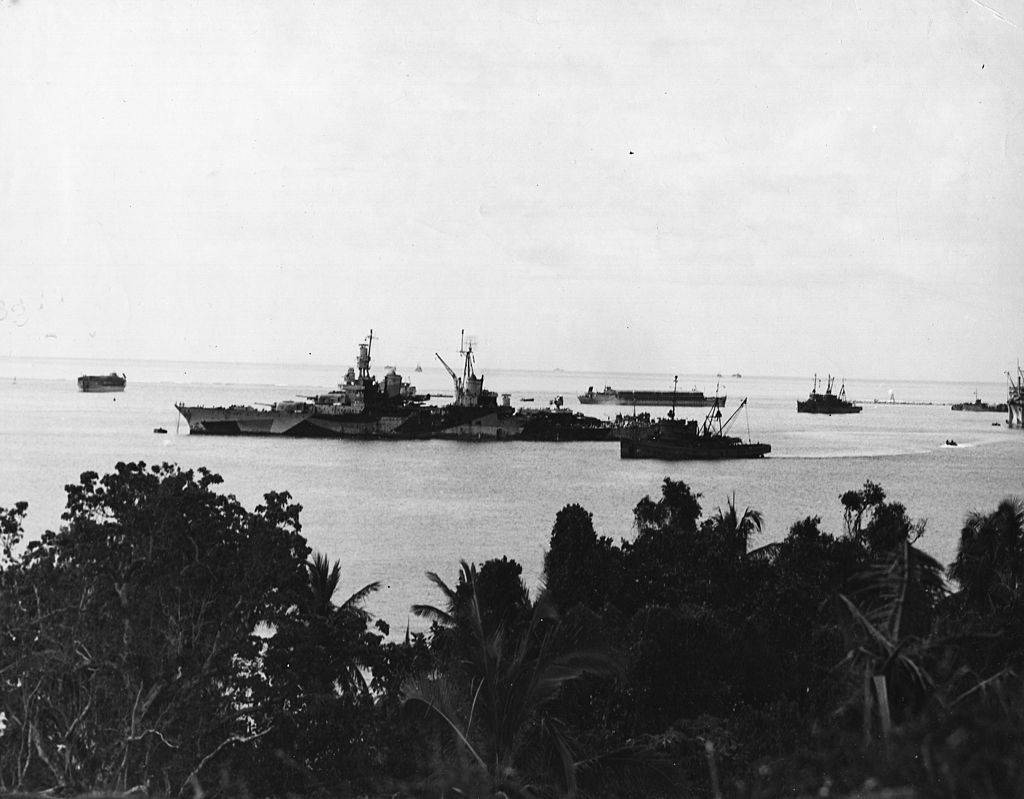
After undergoing a series of checks and maintenance at the Portsmouth Naval Shipyard on the coast of Maine, the vessel made its way back to Pearl Harbor in 1942. By the time the Grayback arrived in Pearl Harbor, the United States was already deep into World War II, and it was clear that the crew of the Grayback would be seeing action sooner rather than later.
Its first taste of war was one February 15, 1942, as it sailed along the coasts of the island of Guam, where Japan had invaded in 1941.
Heading Into Enemy Territories
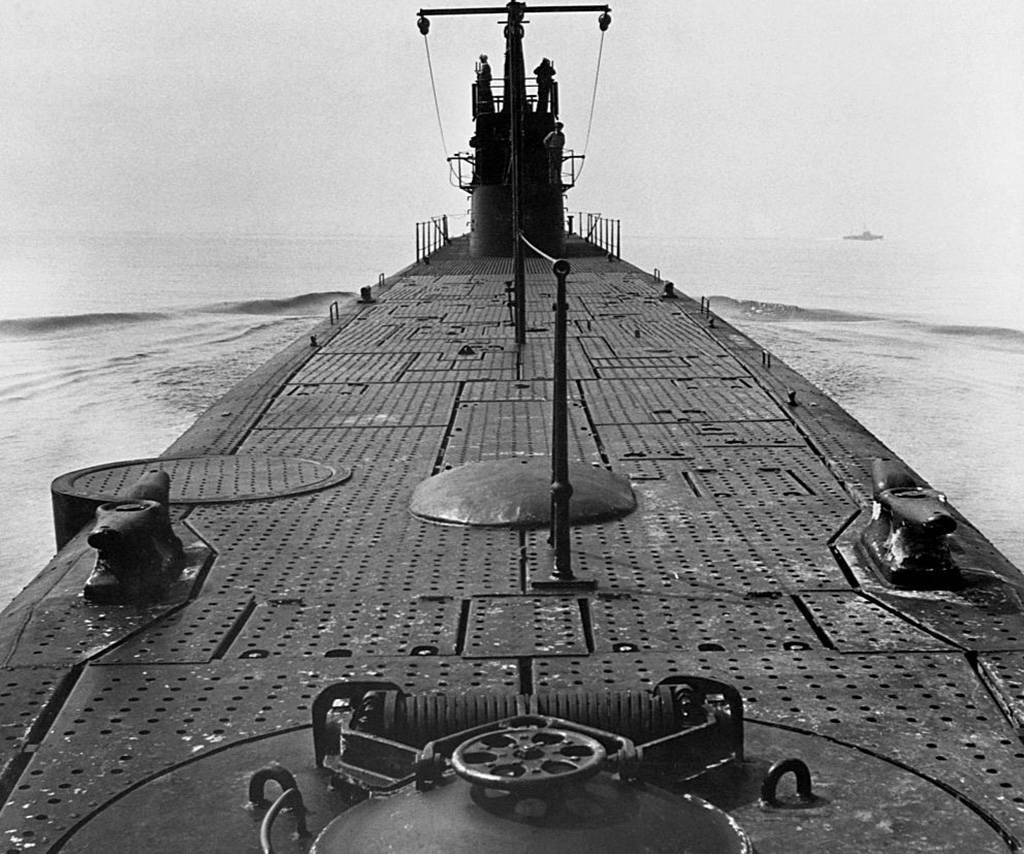
On top of patrolling the coasts of Guam, the submarine also went into close range of Saipan, a Japanese territory. The patrol lasted a total of three weeks, with the submarine becoming involved in a series of “hide and seek” games with one particular Japanese submarine.
During that time, the Japanese submarine fired two torpedoes at the Gray, with both of them missing. The Grayback was then able to attack and return fire.
The Taste Of Battle
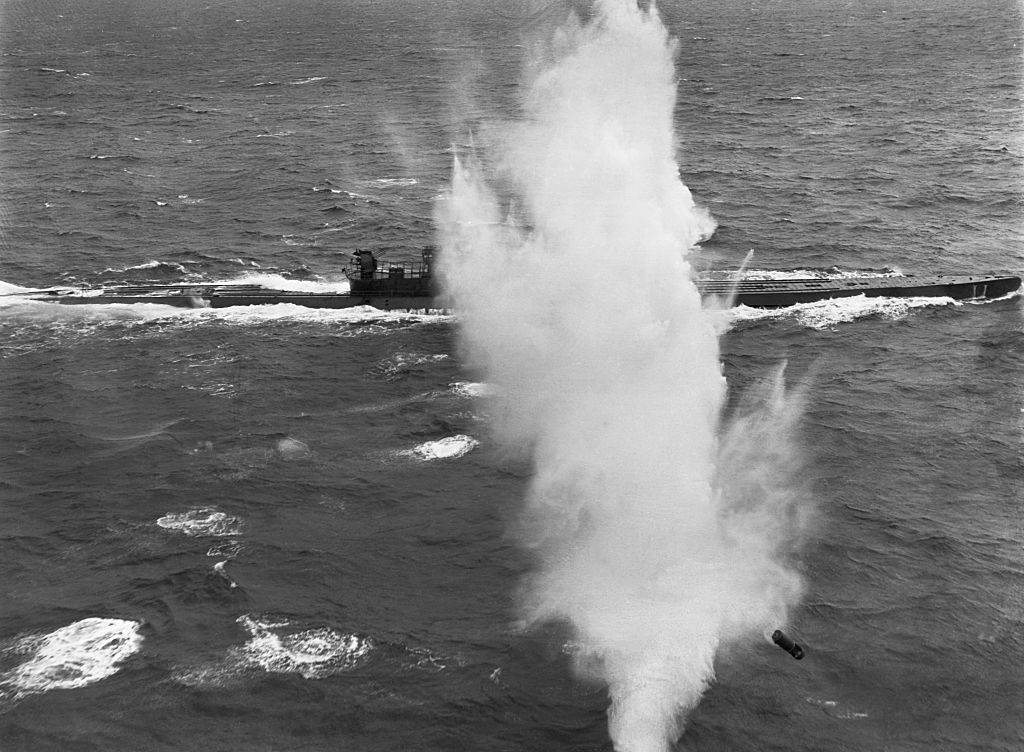
While still patrolling around enemy territories, the Grayback managed to escape from several other enemy ships, even managing to sink an impressive 3,291-ton submarine.
However, on her second voyage, the vessel encountered little to no fighting, and she ended up docking at Fremantle. There, for a period of her military career, the Grayback remained docked at this base that was located in Western Australia.
The Grayback Experienced Some Troubles
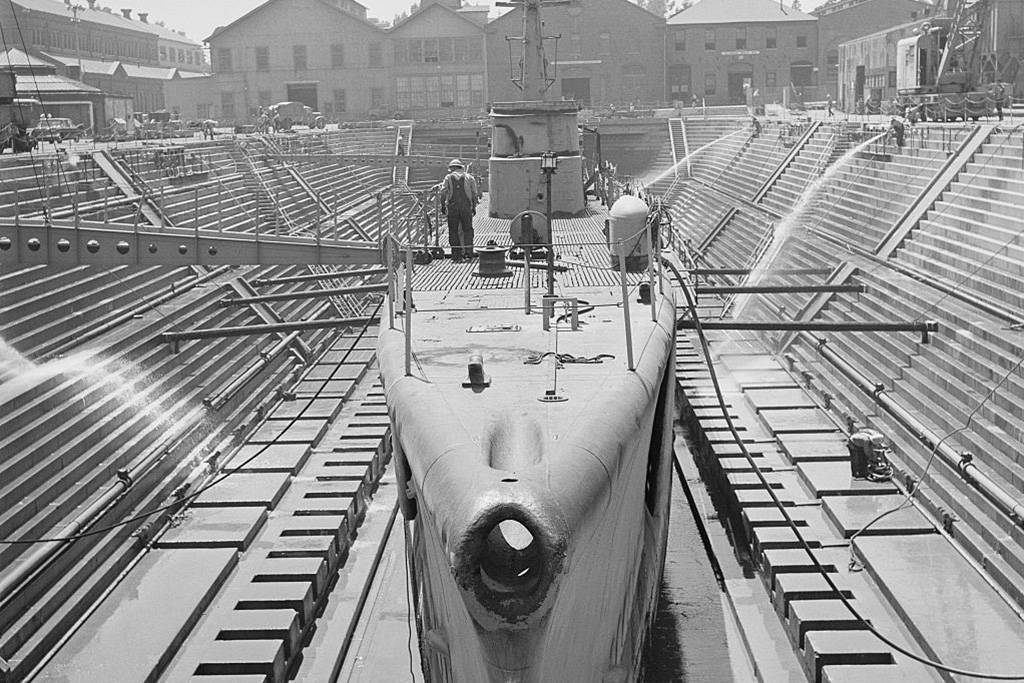
During its next two missions at sea, the Grayback found itself sailing across South China’s territory and had several issues with enemy patrol, low-lit nights, and waters that were perilous to cross at times.
Nevertheless, the Grayback was overall successful, managing to destroy several enemy boats and merchant ships. Then, on December 7, 1942, the Grayback set sail for the port of Australia once more in preparation to complete its fifth mission.
They Were Sent On A Rescue Mission
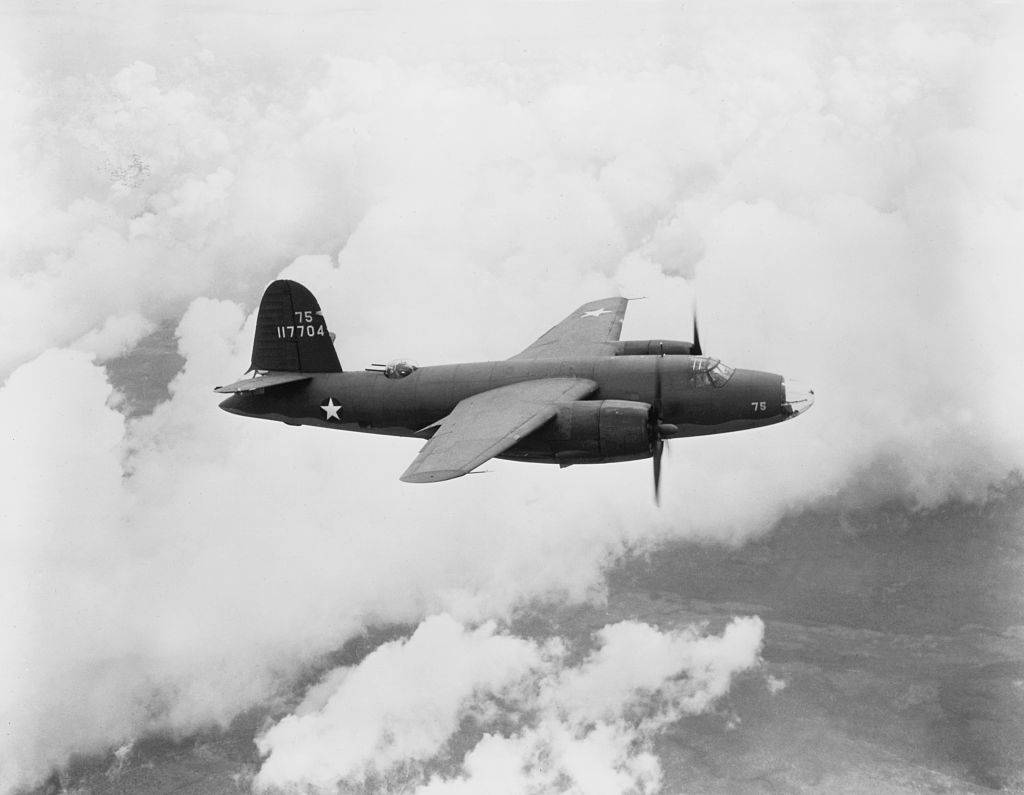
On the submarine’s fifth tour, the Grayback was involved in a rescue mission that many consider being one of their most daring. In Japanese territory, a Martin B-26 Marauder crash-landed, leaving six Americans stranded.
At dusk, two crew members of the Grayback launched a search-and-rescue mission that resulted in the finding and the saving of the Americans that were shot down. By dawn, the Grayback was beneath the waves, successfully evading Japanese aircraft.
The Grayback Was Eventually Damaged
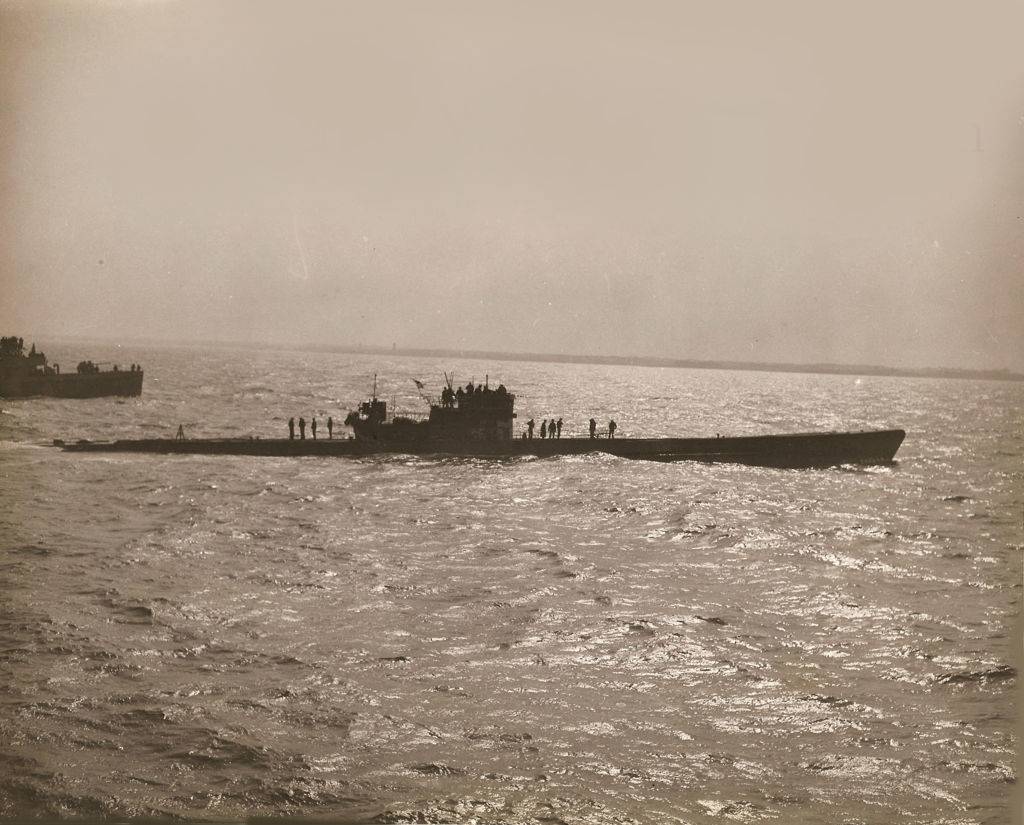
The following evening, after the men had been found and the submarine was safe underneath the water, the two crewmen carefully guided the stranded men to the location of the submarine.
For his efforts, Commander Edward C. Stephan, who took command in September 1942, was awarded the Navy Cross for his bravery as well as the U.S. Army Silver Star. Nevertheless, as their mission continued, the submarine continued to damage enemy ships but was eventually damaged herself by depth charges from an enemy destroyer.
In Comes Commander Moore And The Creation Of The “Wolfpack”
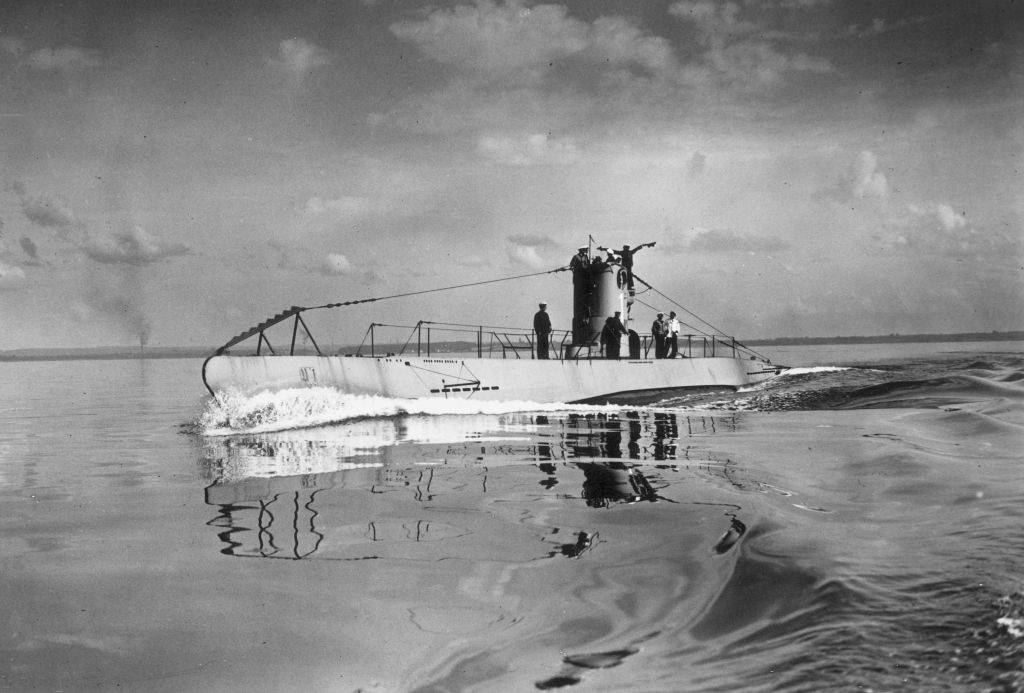
On September 12, 1943, the Grayback found itself in Pearl Harbor, preparing for more missions on the Pacific. Being the ship’s eighth mission, the submarine was now under the command of Commander John Anderson Moore.
Just two weeks after docking in Pearl Harbor, the ship set out once more to Midway Atoll, but this time with the U.S.S. Shad. While at Midway Atoll, the U.S.S. Cero joined the Grayback and Shad, forming what is known as the “Wolfpack.” Submarines teaming up had proven to be successful and was a tactic used by German U-boats.
The Wolfpack Was Fierce
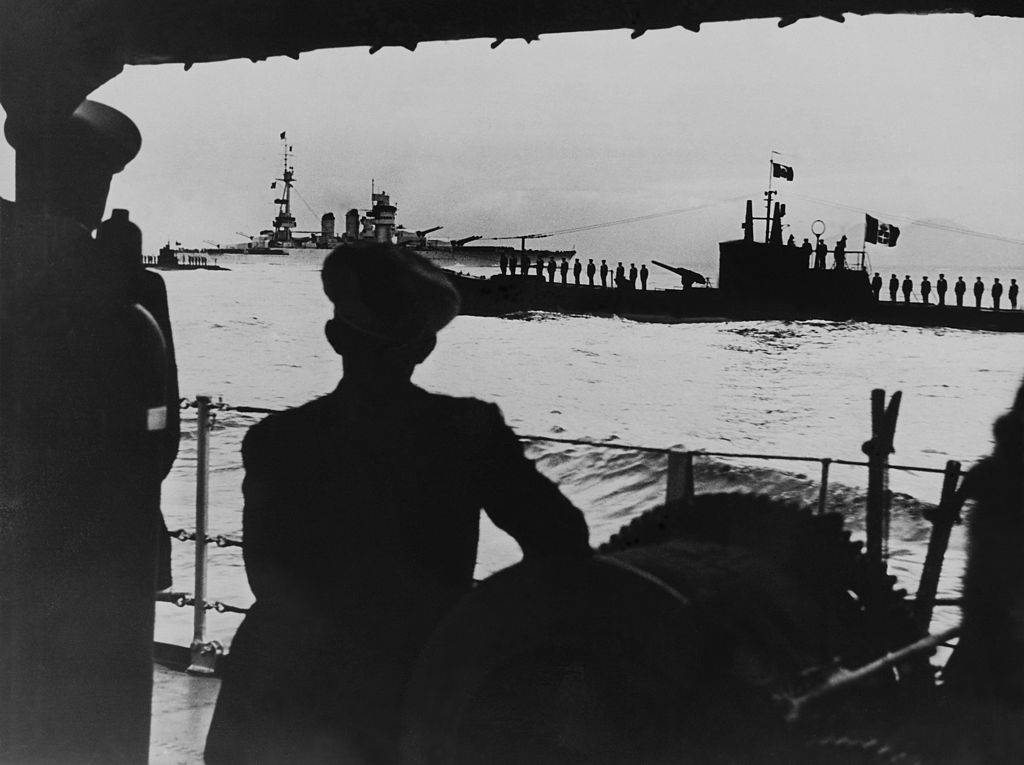
Implemented by the United States Navy, the Wolfpack proved to be as successful as anyone had hoped. Together, these three submarines managed to sink over 38,000 tons of Japanese shipping.
By November 10, 1943, the three boats had returned to Midway Atoll after they had run out of all of their ammunition. By the end of this tour, Commander Moore was the second officer to receive a Navy Cross while being in command of the Grayback.
The Submarine’s Ninth Tour Was Short Yet Effective
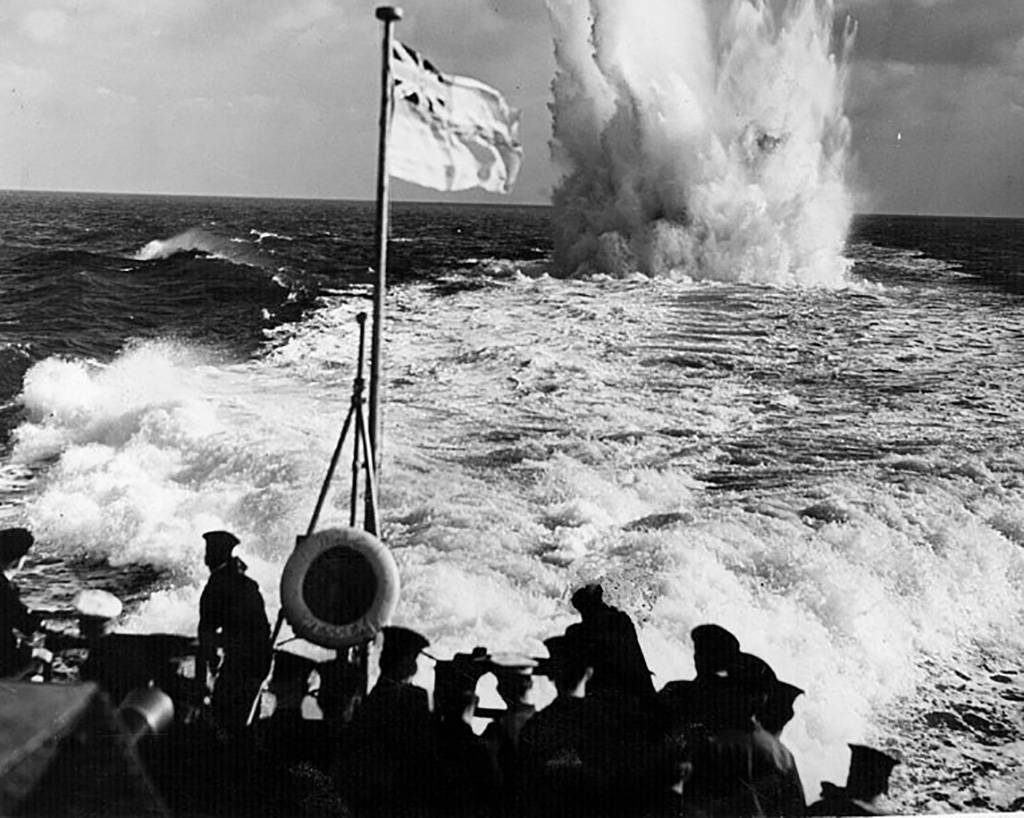
On December 2, 1943, the Grayback was commissioned to set sail once again, but this time to the East China Sea. This ninth patrol saw the Grayback incredibly firing all of their torpedoes in just five days in which four Japanese warships were destroyed.
Out of ammunition, the Grayback was forced to return to Pearl Harbor, where commander John Anderson Moore was awarded yet again with another Navy Cross.
The Last Time Setting Sail
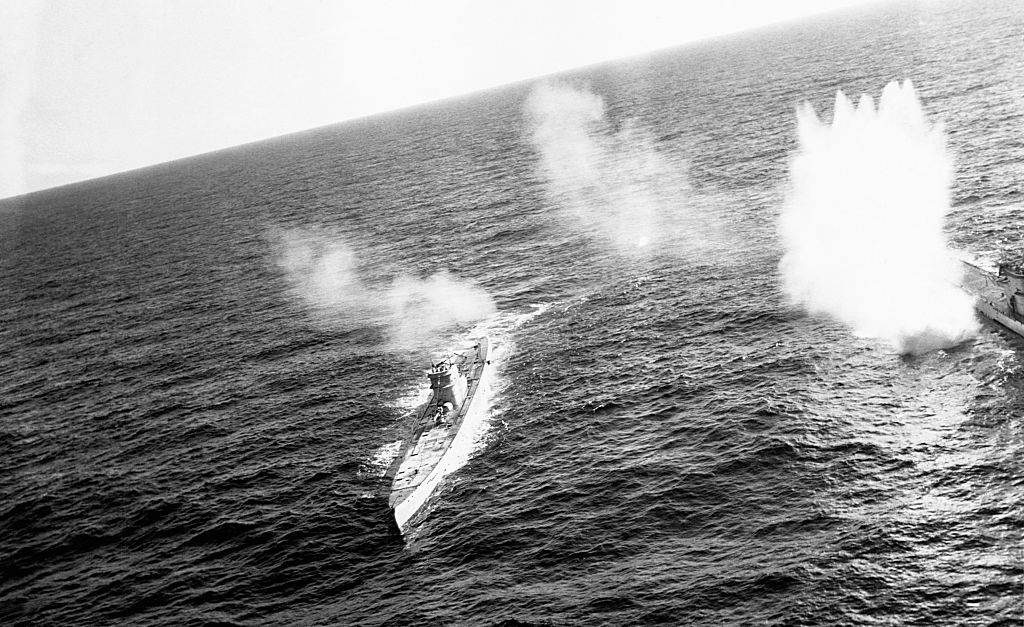
After nine incredibly successful mission, the Grayback found itself back at the port of Pearl Harbor before going on her tenth, and unknowingly, final mission. The submarine set off onto the ocean open for its last time on January 28, 1944, and as mentioned earlier, its final message to base was on February 25, 1944.
By March 30, the legendary submarine had been officially declared as missing, with no contact being able to be sent or received to the submarine.
The Final Task
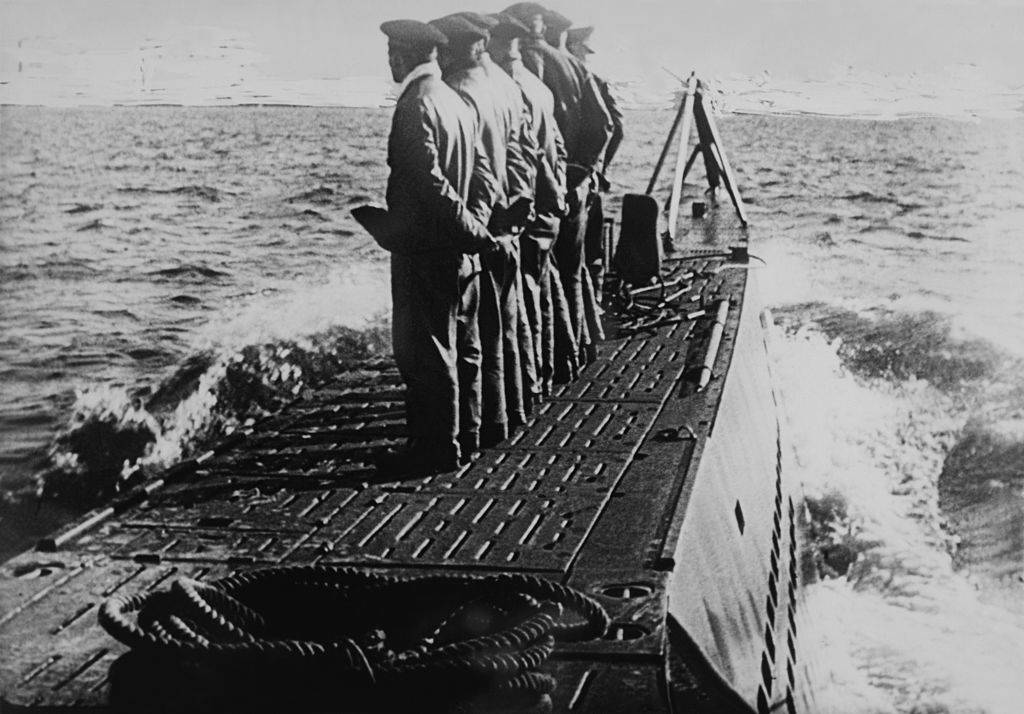
Upon leaving Pearl Harbor, the Grayback’s final mission was a dangerous one, which was to sink a significant 21,594 tons of Japanese shipping. At this point, this was the third time that Moore would be the commander of the vessel.
And, when the ship was never seen on land again, Commander Moore was posthumously awarded his third Navy Cross. Grayback was also awarded her eighth battle star for her service during World War II.
There Was A Single-Digit Error
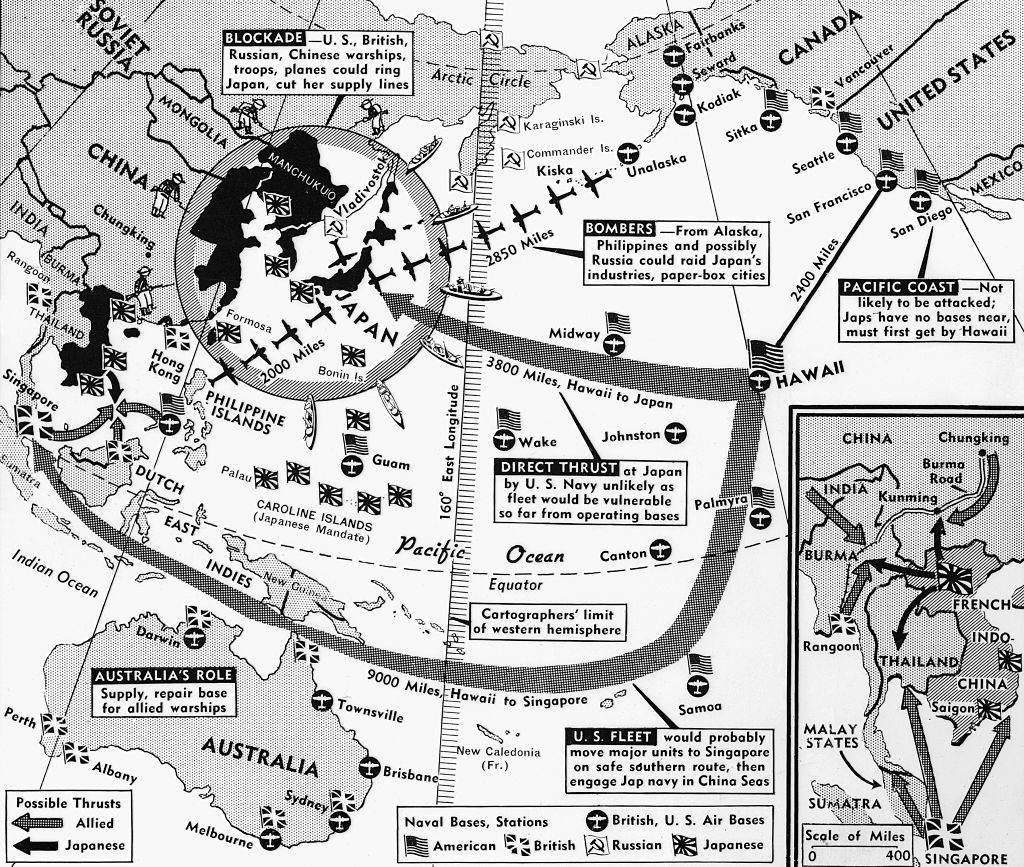
The information that the Navy was using to try and pinpoint where the Grayback may have sunk came from Japanese war records. However, as it turns out, there was a single-digit in a map that had been transcribed that was wrong.
This meant that where the Navy originally thought the submarine might have been was nowhere close to where it actually was. Knowing that investigators had been looking in the wrong place for years, they had a whole new set of problems.
A New Investigation
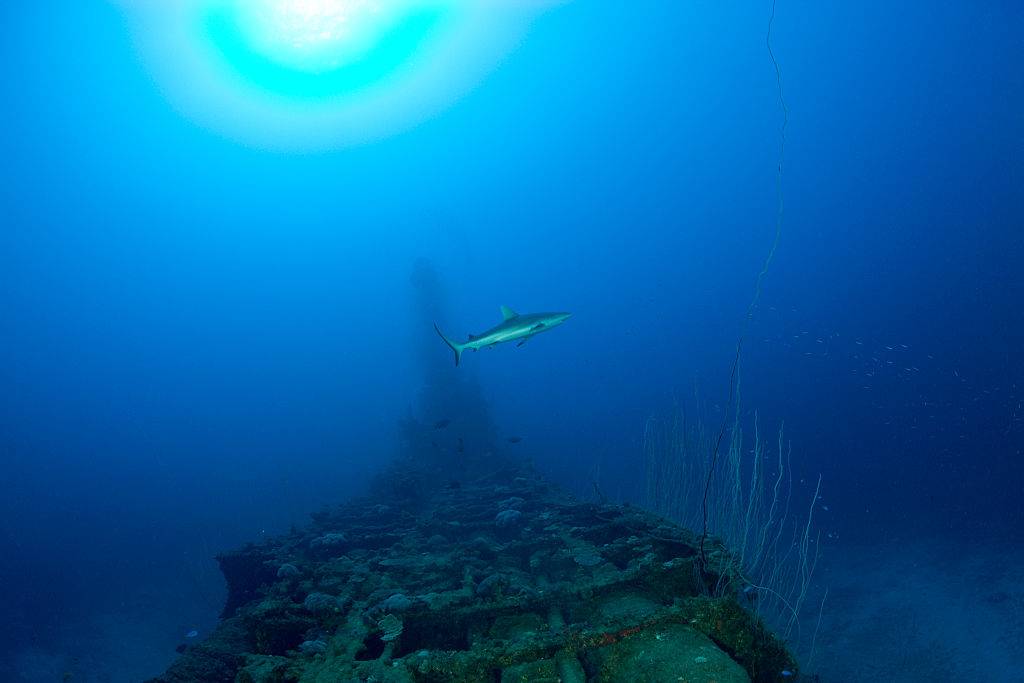
Researchers Tim Taylor started up the investigation once again to re-examine the disappearance of the submarine and see where the Navy went wrong in the first place.
Luckily, this time, there was a key to the mystery that was discovered about the truth of what happened. Taylor then spearheaded the Lost 52 Project, a private investigation designed to find the various remains of the 52 submarines that went missing during the conflict of World War II.
A Japanese And United States Collaboration
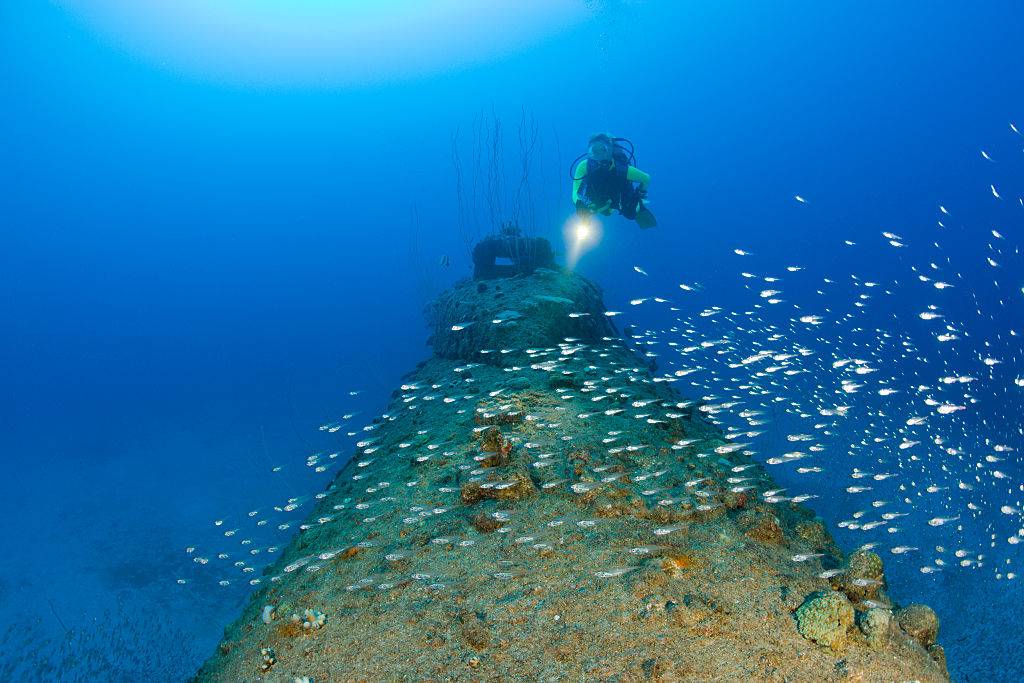
Ironically, Taylor ended up teaming up with Yutaka Iwasaki, a Japanese researcher, to help decipher the files that were found on the Sasebo base.
The Japnese used this base during the Second World War that housed much of the Japanese Imperial Navy at times. This location was the site of daily radio contacts from both Naha and Okinawa and was also the location for Japanese naval air.
Figuring Out The Mistake
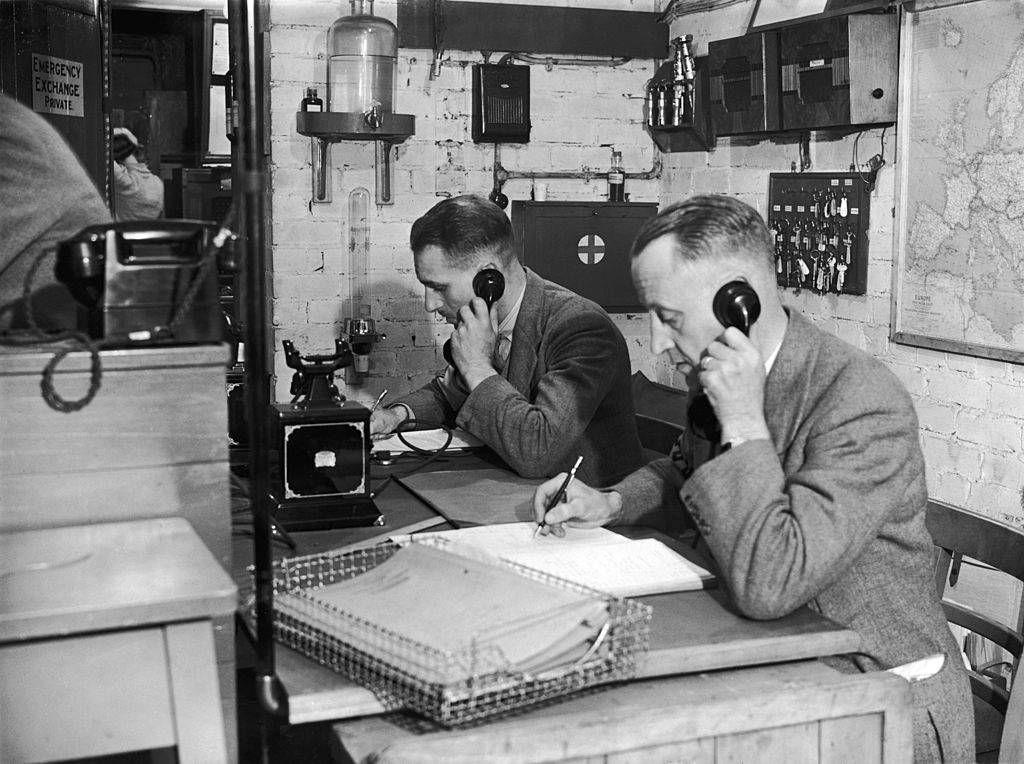
Iwasaki got to work immediately on the project, and before long, discovered the error that was in the transcription on the report that was collected on February 27, 1944, at Sasebo from Naha.
Incredibly, the data that was collected was only a few days before Grayback had docked on the base. Furthermore, there was also a detailed report of an attack by a Nakajima B5N bomber collected from an aircraft carrier.
The Search Was On
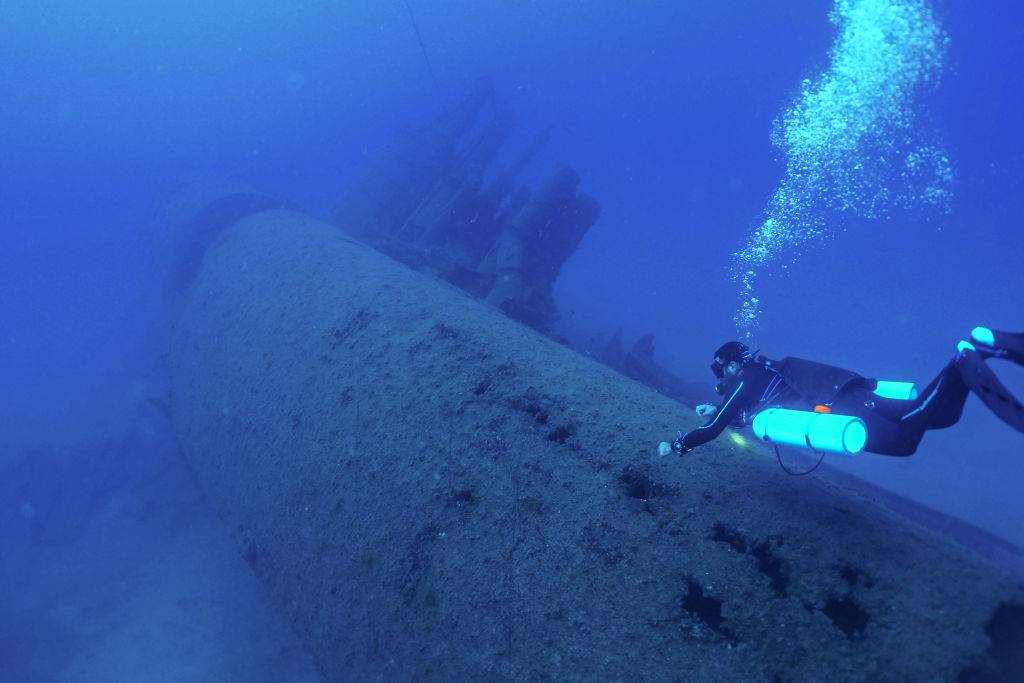
With this new information revealed, Taylor was now confident that he would be able to find the wreckage site of Grayback.
So, during the spring of 2019, Taylor and his team set out to find the truth. Miraculously, it was a success, and the Lost 52 team managed to locate the once lost submarine’s hull that had remained on the ocean floor after so many years.
They Also Found The Bodies
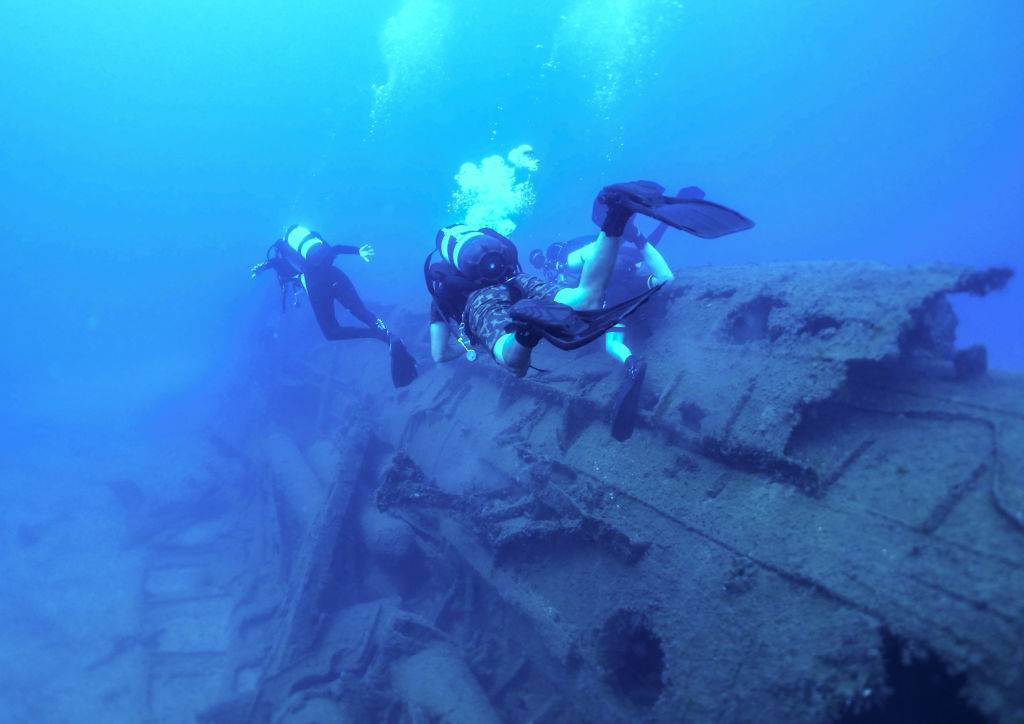
Although it was exciting to finally find the lost submarine, the team came to the painful realization that they would most likely also discover the bodies.
In an interview with the New York Times, Taylor explained, It was a great feeling but also sad as we found the 80 men.” This made the discovery not hard for the team, but also those who had lost loved ones aboard the Grayback.
Personal Stories
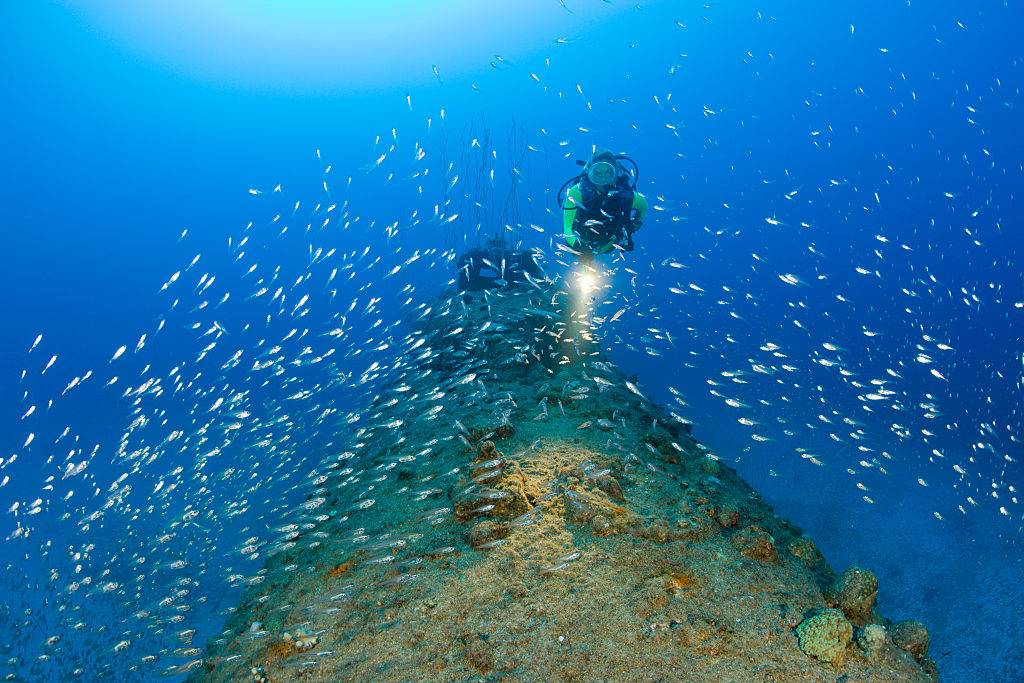
Gloria Hurney was one of the living individuals that was personally affected by the discovery of the Grayback, 75 years after it had gone missing. Her Uncle, Raymond Parks, was a member of the submarine as an electrician’s mate, first class.
In her past, Gloria recounts that she had read a book that claimed only God could tell you where the lost ships were, which left her without any closure. Luckily, the team’s findings proved different. Of course, she was not the only person that was impacted by the discovery.
